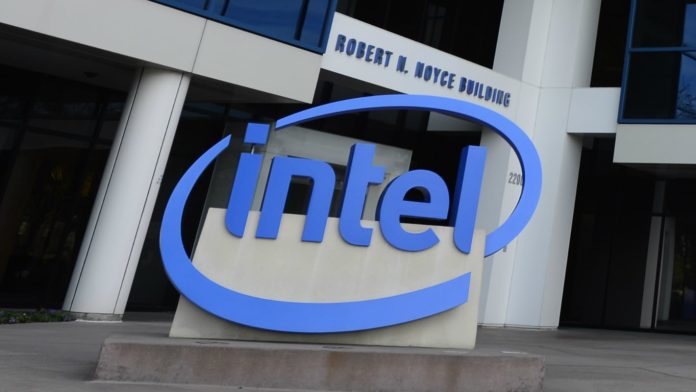Samsung will integrate its virtualized vRAN 3.0 software with 4th Gen Intel Xeon Scalable processors
Samsung Electronics and Intel announced this week that they are expanding their collaboration with the integration of the Samsung’s virtualized radio access network (vRAN) 3.0 software with 4th Gen Intel Xeon Scalable processors with Intel vRAN Boost.
According to the companies, the integration will result in increased capacity, coverage and quality. The enhanced vRAN solution will be able to support more cells with the same number of servers, which they say will deliver power and cost savings.
When Samsung announced its vRAN 3.0 software in February of this year, it claimed that the advanced product has a range of new “smart” features optimized to address the needs of “forward-looking operators.” Specifically, the software boasts 200 megahertz, three-cell support and modem algorithm optimization for performance enhancements, as well as several power saving features like CPU core sleep mode and an energy savings orchestration tool.
Jeongho Park, vice president and head of Samsung’s Technology Strategy Group within its Networks Business, commented that the company is excited to work with Intel to “bring forth the next wave of vRAN enhancements – including reduced power consumption, automation and increased flexibility.”
vRAN has been at the center of the pair’s collaboration since 2017. In fact, the partners said that Samsung’s vRAN software integrated with Intel’s previous generation processor — the 3rd Gen Intel Xeon Scalable processor — is already delivering performance optimization and power saving capabilities to operators in the U.S., the U.K. and Japan.
“The mobile industry is on a transformational journey toward end-to-end network virtualization,” said Cristina Rodriguez, vice president and general manager of Intel’s Wireless Access Networking Division. “Intel and Samsung have a long-standing collaboration with a shared commitment to deliver highly integrated, virtualized RAN solutions. This new agreement will deepen that collaboration, enabling both companies to jointly speed-up operators’ vRAN deployments at scale and to deliver a strong combination of flexibility, performance and power efficiency.”
With successful interoperability tests reportedly already out of the way, the new vRAN offering is scheduled to hit the market in the second half of 2023.

